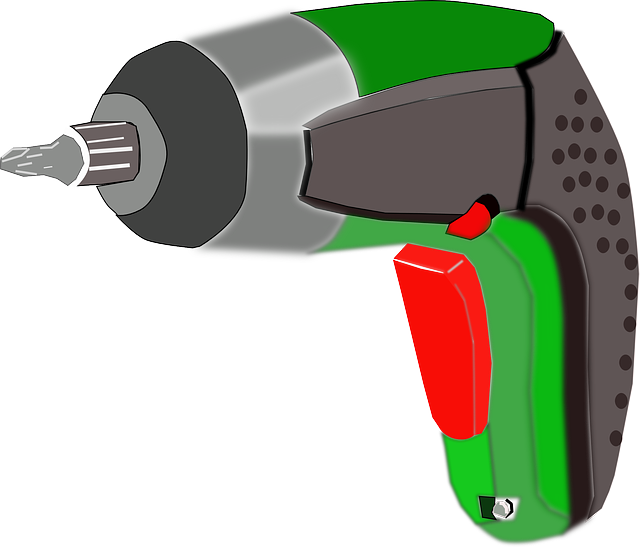Ceiling fan installation is a specialized task best performed by a certified electrician to ensure both safety and efficiency. The process begins with selecting an appropriately sized fan for the room based on its dimensions, airflow needs, and compatibility with ceiling height. Safety precautions are critical from the outset, including turning off the relevant circuit breaker and verifying the absence of live electricity with a voltage detector. The electrician prepares the junction box, secures the mounting bracket to the ceiling joists, attaches the motor housing, sets the blades at the correct angle, and makes safe wiring connections as per the manufacturer's instructions. The fan is then positioned, balanced, and secured, with any light kits reattached. Restoring power to the circuit breaker follows, ensuring the system is fully operational. A final inspection confirms the ceiling fan operates smoothly, and clean-up of the work area completes the professional installation process. Hiring an electrician not only guarantees a safe setup but also ensures that the ceiling fan will deliver optimal performance for energy efficiency and comfort in your home.
When the heat waves rise or a gentle breeze is desired, efficient climate control becomes paramount. This article serves as a comprehensive guide for both homeowners and professional electricians on mastering ceiling fan and air conditioning unit installations. We’ll explore the essential steps to ensure safe, effective, and energy-efficient implementations of these systems. From selecting the appropriate fan model to understanding the nuances of air conditioning units, our expert insights will transform your living spaces into comfortable havens. Electricians will find detailed instructions tailored for their expertise, from assessing compatibility with home electrical systems to finalizing installations with meticulous checks. With this knowledge, you can rest assured that your climate control needs are in capable hands.
- Mastering Ceiling Fan Installation: A Step-by-Step Guide for Electricians
- – Assessing ceiling fan requirements and compatibility with home electrical systems
Mastering Ceiling Fan Installation: A Step-by-Step Guide for Electricians

Electricians play a pivotal role in ensuring that ceiling fans are installed safely and efficiently, enhancing both comfort and energy efficiency in residential and commercial spaces. Proper installation is key to the fan’s performance and longevity. Begin by carefully selecting the appropriate size and type of ceiling fan for the room, considering factors like the fan’s dimensions, blade span, and airflow requirements. Ensure that the chosen model is suitable for the ceiling height and the room size.
Before starting the installation, an electrician must turn off the circuit breaker that powers the area where the fan will be installed to prevent electrical hazards. With safety as the utmost priority, use a voltage detector to confirm that no electricity flows through the existing fixture or junction box. Next, remove the old fixture and prepare the junction box for the new mounting assembly, ensuring it’s securely anchored to the ceiling joists. Attach the mounting bracket to the fan’s motor housing, positioning the fan blades at the correct angle. Follow this by connecting the wires according to the manufacturer’s instructions, wire nuts, and secure caps for all exposed connections. After securing the fan to the junction box and ceiling, gently lower it into place, making sure it’s level and balanced. Finally, reattach the light kit, if applicable, and restore power by turning on the circuit breaker. Conduct a thorough inspection to verify that everything is functioning correctly, and don’t forget to clean up the workspace, leaving no trace of the installation process except for the newly installed ceiling fan.
– Assessing ceiling fan requirements and compatibility with home electrical systems

When planning to install a ceiling fan, it’s crucial to assess the specific requirements that align with both the desired location within your home and the existing electrical system. Homeowners should consult with a certified electrician to ensure that the installation can be safely accommodated without overloading circuits or compromising the integrity of the electrical wiring. The electrician will evaluate factors such as the fan’s power consumption, the ceiling’s structural integrity, and the proximity to water sources to determine compatibility. It’s essential to select a model that matches the voltage and amperage capacity of your home’s electrical system, ensuring a secure and efficient operation. Additionally, the electrician can advise on the optimal fan size for the room, considering the ceiling height and the area’s square footage, to achieve the desired airflow. Proper installation by a skilled electrician not only enhances safety but also guarantees that the ceiling fan will perform effectively and provide years of comfortable climate control.
When it comes to enhancing your home’s comfort, few professionals are as adept as licensed electricians. The intricacies of ceiling fan and air conditioning unit installations demand a keen understanding of electrical systems and safety protocols. Our comprehensive guide has demystified the process, ensuring that homeowners can confidently assess their ceiling fan requirements and compatibility with existing electrical setups, thereby facilitating an efficient and safe installation. By leveraging the expertise of qualified electricians for these tasks, you not only elevate your living experience but also safeguard against potential hazards. With the knowledge outlined in this article, you are well-equipped to make informed decisions about your home’s cooling needs or to consult with an electrician for a seamless installation process.
